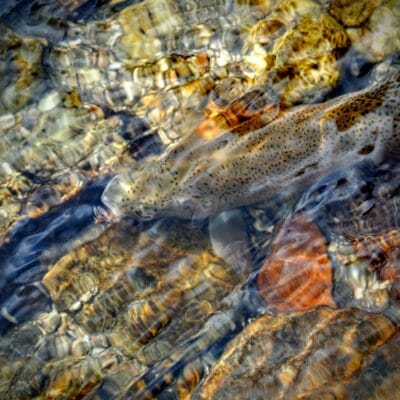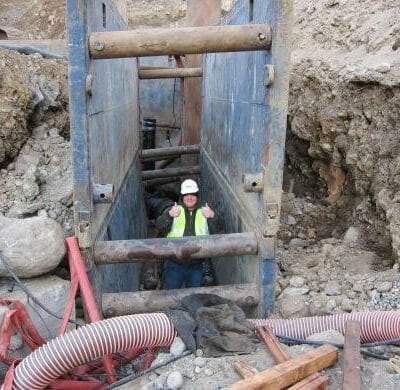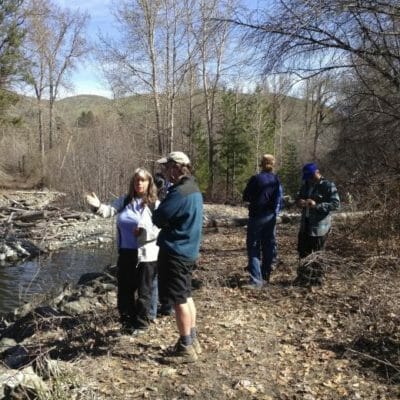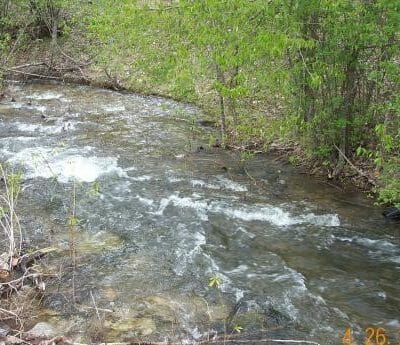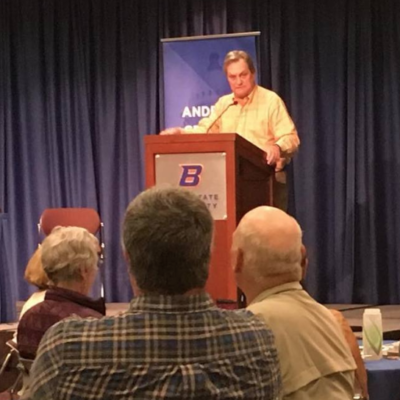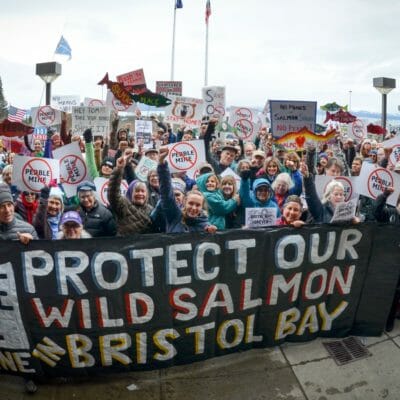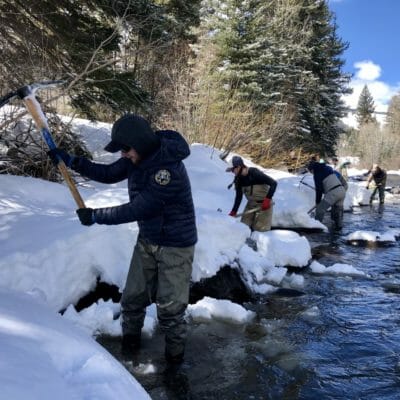Editor’s note: The following is excerpted from the new book, “Catching Yellowstone’s Wild Trout: A Fly-fishing History and Guide,” by Chris Hunt, Trout Unlimited’s national digital director. The book, endorsed by TU, is available for pre-order now, and hits shelves on June 17. Several of today’s iconic fisheries in Yellowstone National Park are only fisheries
Trout Unlimited’s Pioneer Pump Exchange Project improves instream flow in the lower Wenatchee River to improve passage and decrease critical temperature barriers at the confluence with the Columbia and Wenatchee Rivers.
Goals Trout Unlimited is constructing a complete irrigation system upgrade with the goal of increasing anadromous and resident fish populations in the Twisp and Methow Rivers of central Washington State. TU’s Methow Valley Irrigation District Project seeks to protect as much as 11 cfs instream flows by changing the point of diversion from the Twisp
Roaring Creek is a critical perennial tributary in the Lower Entiat River, Upper Columbia Sub-Basin, in Washington. Trout Unlimited aims to improve production of listed steelhead and bull trout in the Entiat basin, and the Roaring Creek Project has multiple objectives to further this goal. Roaring Creek is currently one of the few productive tributaries
U.S. Rep. Mike Simpson addresses the crowd at an Andrus Center conference in Boise. Photo by Chris Wood. This week in Boise, the Andrus Center for Public Policy is presenting an important conference: “Energy, Salmon, Agriculture, and Community: Can We Come Together?” TU President and CEO Chris Wood is there, and he’ll speak as part
by Jenny Weis | April 23, 2019 | Conservation
We are officially half way through the Army Corps of Engineers’ 90-day public comment period on the draft Environmental Impact Statement for the proposed Pebble mine and it is clear that Alaskans are not impressed.
Call me Kristoff, like the animated ice harvester of Arendelle best known for “riding across the fjord like a valiant, pungent reindeer king” to save the blustery day in the famous final scene of the fictitious film, “Frozen.” The real-world “fjord” on this frosty 24-degree morning in the rustic but comparably quaint hamlet of Minturn, Colo., is actually
